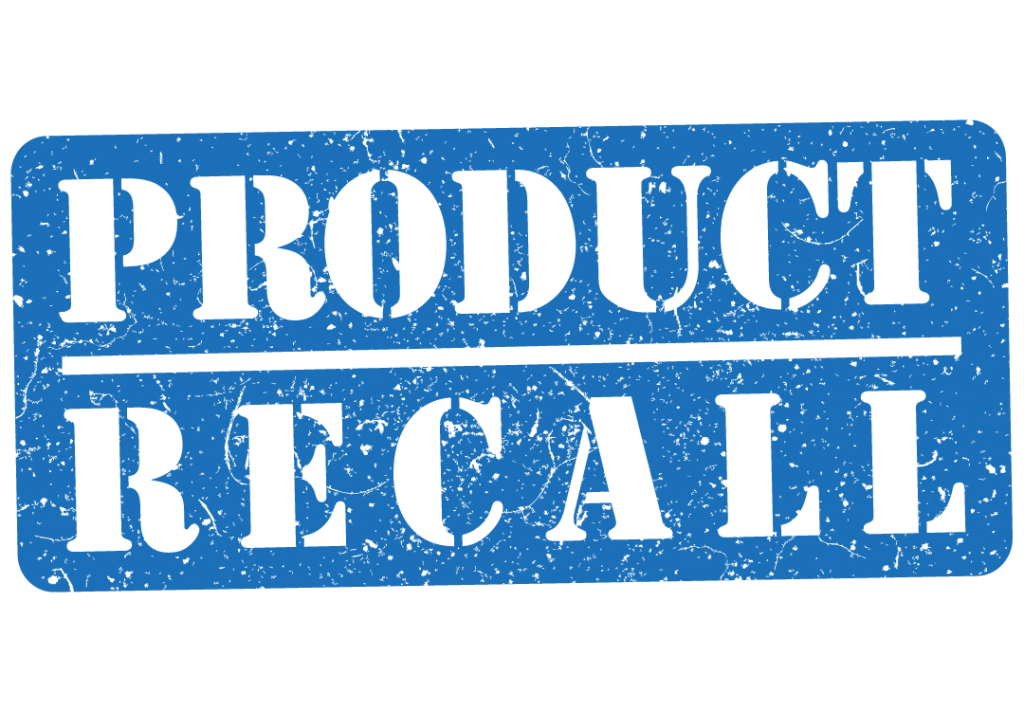Companies are struggling to overcome the challenges in the manufacturing industry. Some of the problems get resolved with strategic planning, while others are not easily detectable. The recall is one of the risks that generally occurs once the product reached the market. None of the companies wants to handle the recall as it affects the financial shape of the company. Not only financial profile, but it also changes the market performance and reduces the reputation of the company. How recall occurs? Scroll down and read more about the recall basics and how it disturbs the companies. Also, find a few prominent recall historically.
Product recall refers to
It is a process where defective goods or services get replaced. When a company receives these issues, the manufacturer engrosses the cost incurred for fixing the defective products and for repaying the affected customers. Food-borne illness, harmful drugs, and faulty stocks lead to marketing loss, reputation damage, and multibillion-dollar loss.
There are no boundaries for it as it spreads around a variety of industry including car manufacturers and also food, consumer electronics, and medical industries. The total costs depend on the problems, product, and other logistics
Small companies are not able to manage the recall expenses because of low capital investment, while bigger companies can deal with the recall shortly.
Big shot – Recall History
Apart from the legal expenditure and remedy, companies also want to spend for revision of manufacturing procedures and stem reputational damage. In 1982, Johnson and Johnson used up more than $100 million to recall Tylenol capsules and re-launch the brand.
Your shares fall when you are a publicly-traded company. In 2008, the same situation was raised for Maple leaf foods, pulling their product shares to 10.2 percent. Sometimes, it is worth noting that the product recall for food-borne illness causes immeasurable consequences.
Government Agency Approval
Consumer Product Safety Commission (CPSC), Food and Drug Administration (FDA), and National Highway Traffic Safety Administration (NHTSA) are common government agencies that detect product defects before reaching the market.
The information can be retrieved from various sources. Companies publish the info of their products on their websites and also from local and national media. FDA keeps the lists of product recall on its sites
Three significant ways to reduce the recall risks
Companies’ reputation worsens with a product recall. So, it is essential to take simple measures to avoid the recall risks. It reduces the customer’s confidence that leads to a bigger loss. Recovery is not easy for the small enterprises because of lower cash flow, however large enterprises armed better to recover from the short-time influence of the tragedy.
Training for Employees:
Employees shall train properly to identify the issues prior which likely helps to avoid the situation.
File Management:
Embrace document management
Collaborative workforce:
Make a collaborative workforce for easier processing
Wrapping Up:
Thus the manufacturer has to take preventive measures to avoid the possibility that affects the profitability and creates greater damage to the company. Acumatica transforms the manufacturing businesses effectively with its excellent features and increases the customer experience and profitability. The good software tools help to analyze, track and monitor the manufacturing operations that result in first-rate product outcomes. So, purchasing a software provider like Acumatica is perfect to run a successful manufacturing business without bothering about it. Acumatica automates lot and sequential traceability and tracking, and instant product recall measures.

